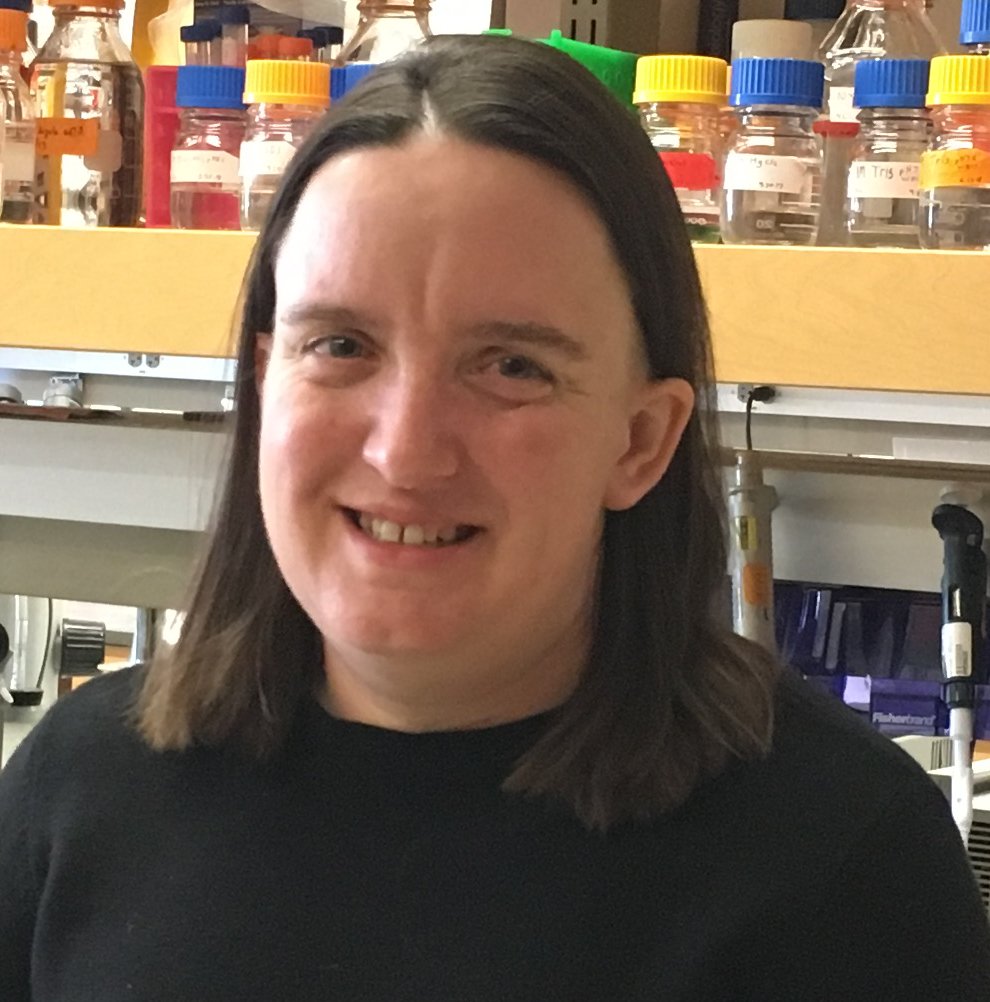
102 Cardwell Hall
Underlying the complex mechanics of biological cells are active, biopolymer materials. One such material is the cellular cytoskeleton, a collection of proteins self-organized into assemblies that orchestrate biological processes such as cell division and mechanical regulation. An outstanding question in biology is how precise spatial structure of subcellular assemblies emerges from the complex mixture of components in the cellular cytoplasm. Here I will present a new type of biopolymer assembly and discuss its possibilities as a model system to investigate physical mechanisms of biological self-organization. Using a minimal set of purified proteins, we create assemblies of cross-linked biopolymer filaments. While long filaments are known to cross-link into space-spanning, primarily elastic networks, we find that much shorter filaments cross-link into isolated spindle-shaped assemblies. Fluorescence microscopy experiments, together with a continuum model of anisotropic liquids, reveal that the spindles are droplets with shape and material properties regulated through cross-linking. Inspired by molecular liquid crystals, where structure and shape are harnessed to direct particle localization, we add biological, active particles to the droplets, creating assemblies which capture two key aspects of the intricate process of mitosis: center-finding and division. Our minimal model system has the potential to expand our understanding of the physical principles guiding self-organization in biological assemblies and inform bio-inspired materials design.
